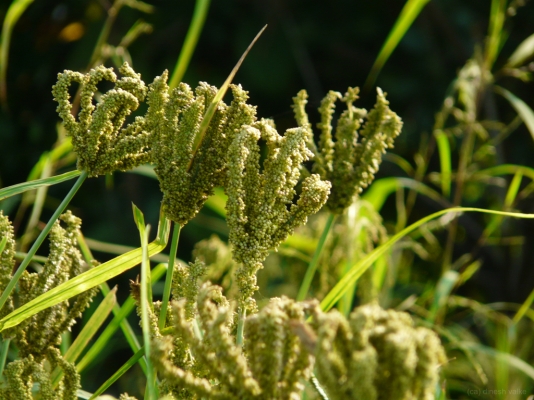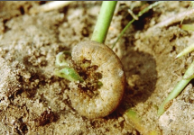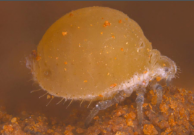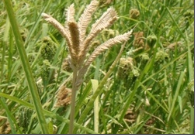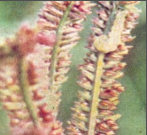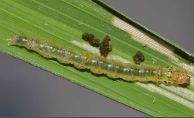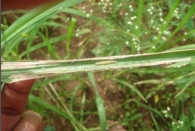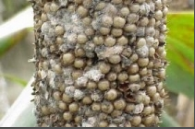VL 149: Ready to harvest in 98-102 days. Gives average of 10-11quintal/acre. Wide adaptation and earliness and resistant to blast.
G.P.U 26, G.P.U 28
P.R 202, B 11
Phule Nachani, PES 110
Dapoli 1, Godavari
E 31, A 16
Other state varieties:
VL Mandua 315: Ready to harvest in 105-115 days. It gives average yield of 10-11quintal/acre. Tolerant to finger and neck blast.
VL Mandua 324: Released in 2006. Plant attains the height of 77-95cm. Ready to harvest in 105-137 days. It has very light copper colored grain. The variety is moderately tolerant to blast. Gives an average yield of 6-10quintal/acre.
VL Mandua 347: Released in 2011. Plant attains the height of 105-115cm. Ready to harvest in 82-115 days. It has copper colored grain. The variety is moderately tolerant to blast. Gives an average yield of 6-10quintal/acre.
VL Mandua 352: Applicable for cultivation for all states except Tamil Nadu and Maharashtra. Ready to harvest in 95 to 100 days. It gives average yield of 8-10quintal/acre.
GPU 48: Released in 2009. Ready to harvest in 100-105 days. The variety is resistant to blast. Gives an average yield of 12-14quintal/acre. Suitable for late kharif and summer season.
GPU 66: Released in 2013. The variety is resistant to blast. Gives an average yield of 12-13quintal/acre.
GPU 67: Released in 2010. Ready to harvest in 100-105 days. The variety is resistant to blast. Gives an average yield of 12-14quintal/acre. Suitable for late kharif and summer season.
KMR 301: Released in 2011. Ready to harvest in 120 days. It gives average yield of 16-18quintal/acre for rainfed areas and 20-22quintal/acre for irrigated areas. Tolerant to finger and neck blast.
PES 400: Ready to harvest in 98-102 days. It gives average yield of 8quintal/acre. It is early maturing variety and it is resistant to blast.
PES 176: Ready to harvest in 102-105 days. Gives average yield of 8-9quintal/acre. Seeds are of brown color and it is resistant to blast.
KM-65: Ready to harvest in 98-102 days. Gives average yield of 8-10quintal/acre.
VL 146: Ready to harvest in 95-100 days. It gives average yield of 98-102quintal/acre. This variety is resistant to blast.
VL 124: Ready to harvest in 95-100 days. Average yield 10quintal/acre. Good for seed as well for fodder.
VR 708: It is drought tolerant variety. Applicable for all states for cultivation.
Akshya, PES 110, PR 202, JNR 852, MR 374

